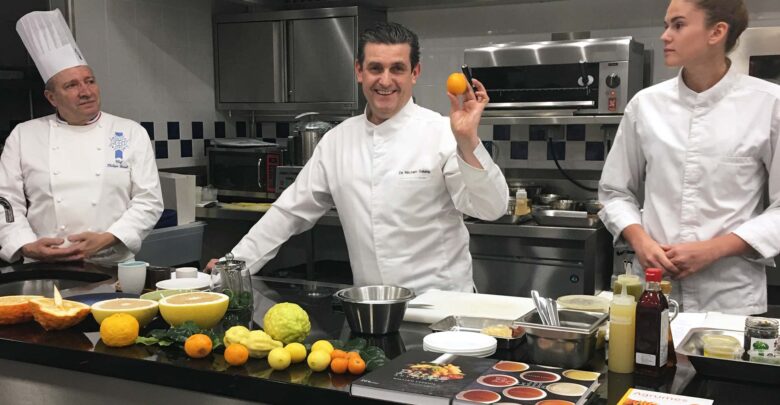
The restaurant industry is among the biggest casualties of the COVID-19 pandemic. Because of social distancing, people were discouraged from dining out with friends and families. They couldn’t visit restaurants. They couldn’t go to their favorite hangout spots. Restaurants stood empty for months. These places that used to be bursting with activity had been quiet and desolate. As a whole, the restaurant industry was rendered crippled by the pandemic.
But, despite these challenges, the restaurant industry is still fighting. It’s still surviving. Restaurant owners, chefs, and service personnel adjusted to the changes. They adapted to the rules of social distancing by changing how they operate and serve food to their customers. In a way, the pandemic forced them to revolutionize their industry.
Yes, the restaurant industry is still a long way to a full recovery. It’s still facing the financial pitfalls that the pandemic caused. But it’s trying to survive. Here’s how.
How COVID-19 Impacted the Restaurant Industry
Back in March 2020, the National Restaurant Association warned the U.S. government that the restaurant industry was set to lose at least $225 billion because of the COVID-19 pandemic. This was deeply concerning because 15.6 million people were working in this industry. It became even more worrying when the association also determined that five to seven million people in the industry would lose their jobs.
The association’s concerns were exacerbated after a couple of months. By June, the industry already lost $120 billion. By that time, the pandemic was just getting started so the association predicted an even higher financial loss before the year ends.
The federal government responded quickly by offering loans to businesses and unemployed workers. They offered financial aid through the Families First Coronavirus Response Act and the Coronavirus Aid, Relief, and Economic Security (CARES) Act. The latter set aside $350 billion in loans for businesses with less than five hundred employees.
Although the financial aid helped, the industry still needed more to survive. So businesses looked for other ways to continue serving food and earning revenue.
Restaurants and Cooking at Home
Home-cooked meals have always been restaurants’ biggest competitor. Sometimes, people would always, always prefer their grandmother’s recipe for, say, Thanksgiving turkey rather than buying at a restaurant.
But, during the pandemic, more people have rediscovered the joy of cooking and baking. There was a craze for sourdough bread and banana bread. There were many recipes gaining prominence because of TikTok. Because of this love for cooking, fewer people are ordering food from restaurants.
But restaurants didn’t falter. Instead, they adapted to this by transforming their delivery services. They moved beyond just delivering cooked meals. They started offering meal kits. It’s where people could get the ingredients for their favorite restaurant meals and instructions on to cook them. If you want to cook coconut milk-based chicken adobo, you can just call up a restaurant that offers it.
Restaurants also started offering some ingredients. If you miss the special green salsa from your go-to Mexican restaurant, you can stock up by buying bottles of it.
Online Food Delivery and Drive-in
One of the key hurdles that restaurants had to face is the need to spruce up their online presence. Since people are staying in their homes, they’re relying on the internet if they want or need to order food. It’s where they can check out what restaurant is open for delivery and what food is available.
Experts estimated online food delivery can generate a revenue of up to $45 billion for 2020. The use of third-party online platforms such as Postmates and Uber Eats has also surged, reaching more and more interested customers.
The drive-in system also became more popular due to the pandemic. Despite how much online food delivery thrived in the last couple of months, some people do still go out for food. But to keep everyone safe from the virus, restaurants-especially fast-food chains-offered drive-thru services. Because of this, people are eating in their cars instead.
Restaurants took this as an opportunity to bring back the drive-in dining experience. Cars could just park outside of restaurants. They wait for the service personnel to take their orders. Then they could just eat in the safety of their cars.
The restaurant industry’s struggle with the effects of the pandemic is still not over. This struggle is still very much an uphill climb. But restaurants have also proved their resilience and ability to revolutionize the industry to survive. They are changing how they serve food to customers while still keeping everyone safe from the coronavirus.
www.delreport.com







